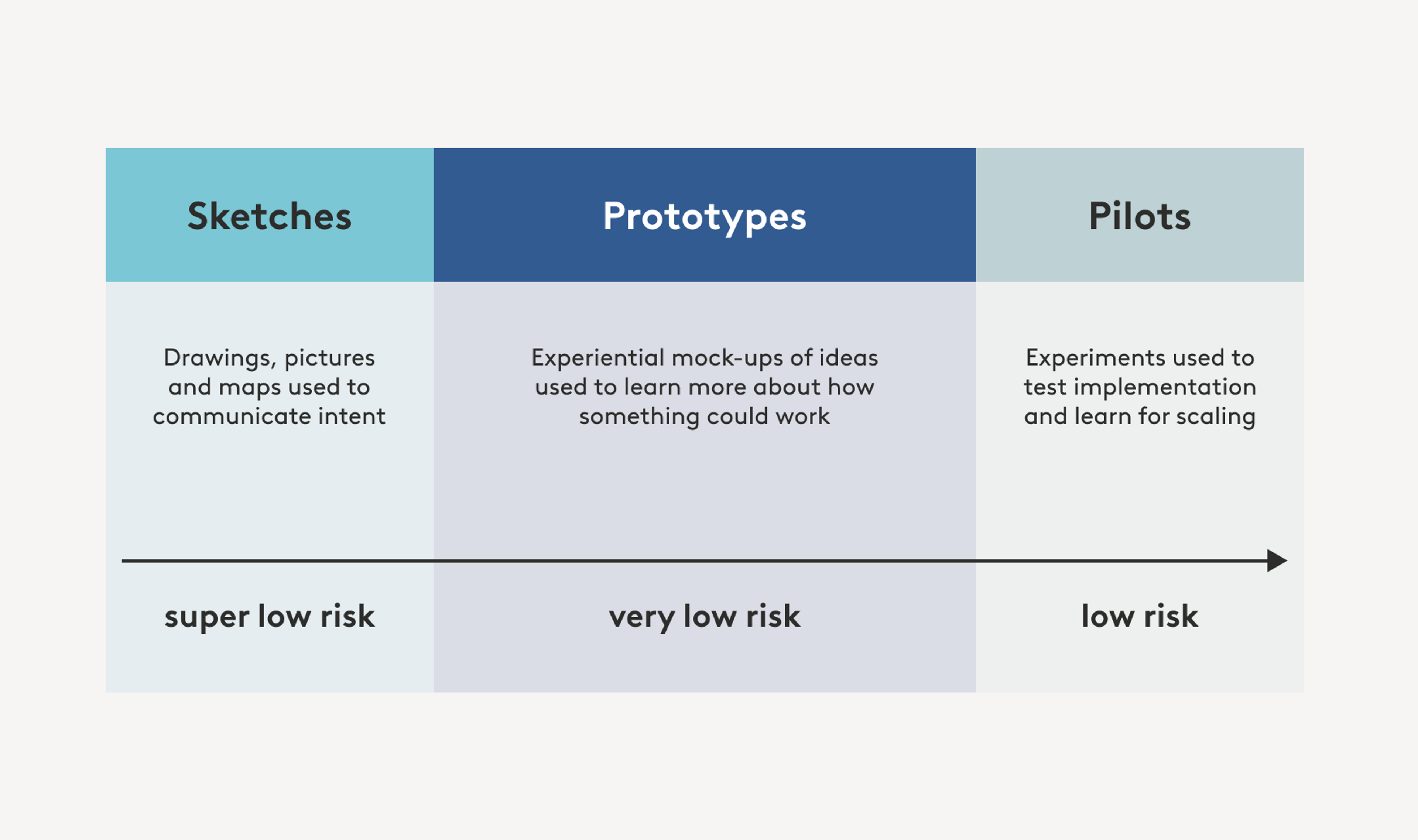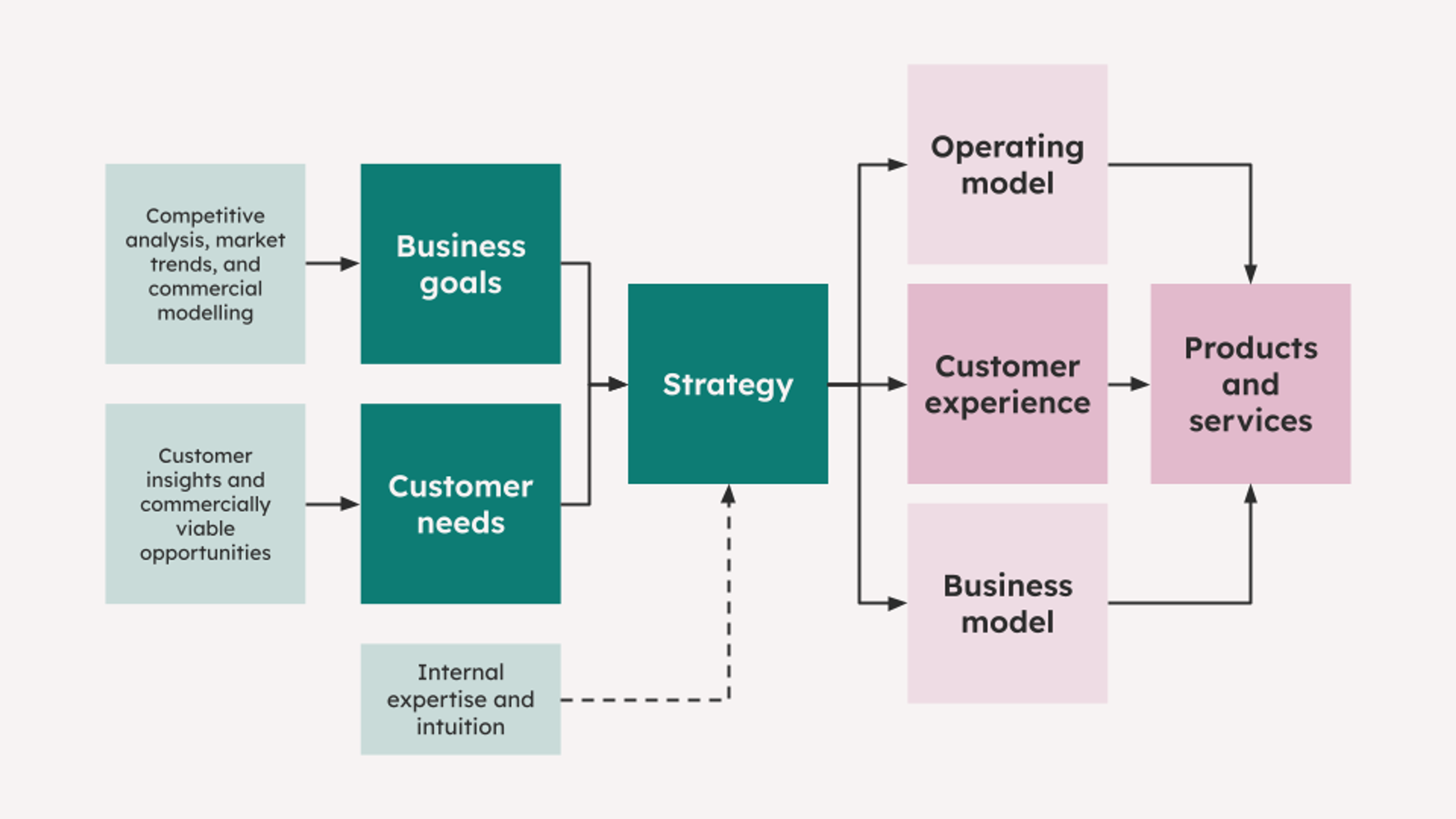
The importance of delivering punchy insights from user research

Good user research will reveal valuable insights into what is and isn’t working with your services. Done well, it should help guide your organisation towards opportunities for improvement and growth.
But insights are only valuable when there is buy-in for the changes they inspire.
Using insights to drive change
In many instances of user research, it’s likely that your insights will reveal deeper organisational challenges than just a problem with the end-user experience. They might draw attention to the outcomes of siloed working, technology that is not fit for purpose, or poor data practices. In aiming to address those challenges, you may be trying to make the case for fairly disruptive change in your organisation.
While communicating the outcomes of user research is often the remit of design leaders, anyone aiming to share their findings with other departments or stakeholders must deliver insights in a way that maximises their impact.
And to create buy-in for change – big or small – you will always have to do some convincing. Just as conducting strong user research is a skill, so too is the ability to effectively – and punchily – communicate its insights.
What is a punchy insight?
Let’s start by exploring what a non-punchy insight might look like: “Our users are dropping off from our digital service because it’s not user friendly.”
While this statement may be true, it doesn’t prompt listeners to imagine a solution, or be convinced by a recommendation. Nor does it substantiate itself, or spark a productive conversation about what might be improved.
Other common mistakes are relying solely on analytics data. An insight like: “Our drop-off rate has increased by 20% in the last month” doesn’t provide any further context or real user feedback.
If insights are communicated in a way that distracts from opportunities by prompting defensiveness, getting stuck in the weeds, or trying to protect egos, you risk letting the hard work of your user research go to waste.
By contrast, a punchy insight is one that creates impact and triggers collaboration. It enables you to communicate the challenges and opportunities facing your service in a way that minimises negative reactions, paves the way for productive conversation, and builds trust.
Different ways to be punchy
The way you choose to frame insights will depend on three key factors:
Who is your audience?
What is your desired outcome?
What are the key messages you want to prioritise?
Making insights punchy means framing them strategically to maximise their impact.
Here are some different ways to do that:
‘Hypothesis’ style
A hypothesis works with research findings that show a problem, and frames the insight in terms of changes which might lead to improvements.
Take this example problem: “Our customers are contacting support multiple times for the same issue.”
A hypothesis-style approach would frame this as: “If we improve the guidance available within the product, customers will feel more confident solving issues themselves, reducing repeat support requests.”
This example shifts the focus from merely reporting a problem to proposing a testable change. It invites the team to collaboratively explore a solution rather than feel defensive about the issue. It also highlights a relational aspect, as it’s about empowering users rather than just solving a transactional problem.
Crucially, the hypothesis style invites the team to keep learning and experimenting – a key success factor when harnessing a team’s ability to improve a user experience.
‘Data and evidence’ style
This approach provides a real user ‘problem’ accompanied by data and evidence to substantiate it.
An example might be: “Our users aren’t sure who to speak to about specific problems they’re encountering with the service, leading to 40% abandon rates.” This statement might be complemented by qualitative accounts of telephone advisors who report feeling unsure where to direct specific queries, and even examples of the impact it has on real users and their frustration.
The finding links the user problem directly to the data, creating a cohesive narrative. Framing an insight as a problem can elicit an adverse reaction from a team, but supporting the insight with evidence and real user feedback makes it harder to dismiss and paints a clear picture of the issue.
‘Recommendation’ style
This approach fast-tracks to articulating a specific outcome you are seeking from stakeholders, framing it as a recommendation rather than any kind of ‘problem’ with the service.
This is an approach commonly taken by consultancies and external parties, allowing them to give helpful recommendations without having to list all the issues upfront.
An example might be: “To reduce customer frustration, we need to create an end-to-end map of the customer journey – to understand how customers interact with the services and create clarity on the major pain points to fix.”
Particularly if your audience is high-level stakeholders with a contrasting agenda, this style enables you to engage with them and provide value from the start. It may also help to prove subject-matter expertise, allowing you to position yourself as an ally for them and their team.
‘Blunt truth’ style
This states the harsh reality of what is currently failing users, even at a foundational level in your organisation. It involves communicating the unfiltered truth to provoke a reaction or highlight the urgency of an issue. It’s powerful but risky, so it must be used carefully.
An example of this style could be: “Users don’t trust our service because we ask for too much personal information upfront.”
An insight like this might generate a strong reaction from the audience, but if supported by data and evidence, it can be a wake-up call that sparks important conversations about change.
Framing around users
What works in delivering insights will depend on the context of your organisation, its relationships, and its specific challenges and opportunities.
But above all else, being punchy means framing observations and recommendations in the context of how they affect your users, and their interaction with products and services. The insights most likely to invite buy-in from your stakeholders and teams are the ones that demonstrate the impact of our services on real people – those that reflect the sentiment of customers, framed in a way that resonates with the audience.
Conducting user research is a team sport. Winning means working with research insights in a way that enables collaboration and inspires excitement about solving problems.
Written by

Heidi Uchiyama
Director


